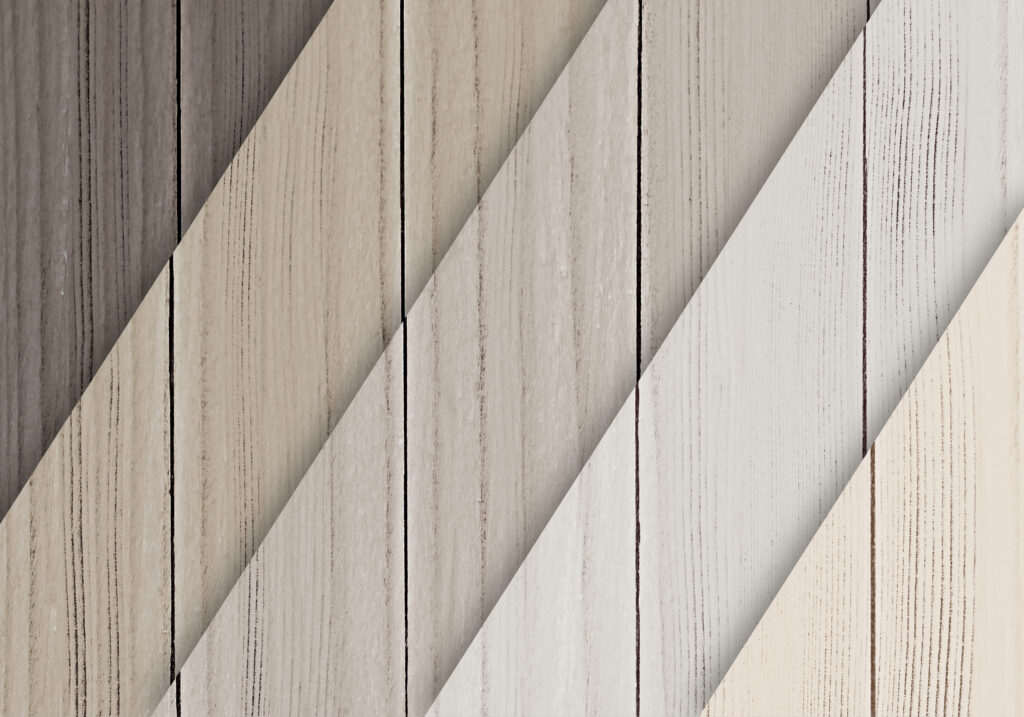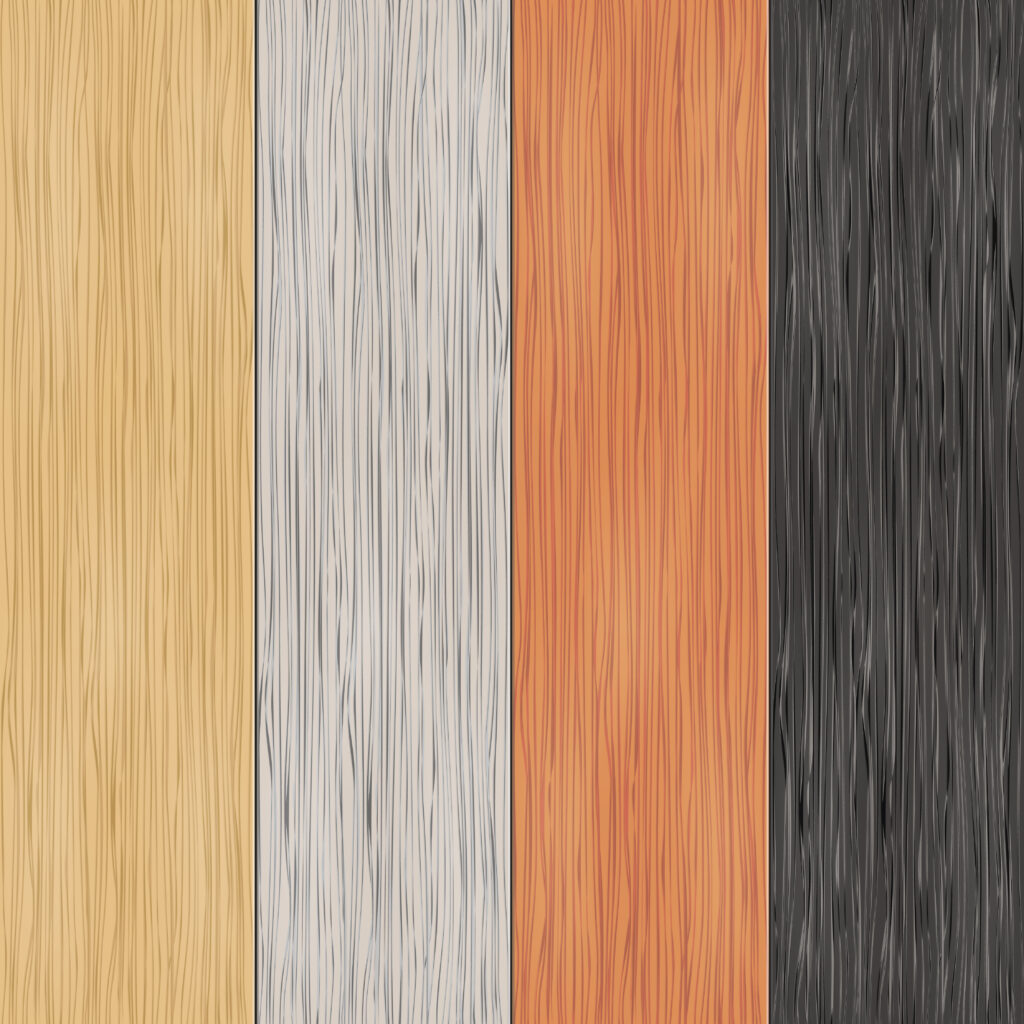Veneer, a thin layer of flat wood, is a versatile material commonly used in woodworking to enhance the appearance, protect the underlying wood, and achieve specific design effects. This blog post will delve into the world of veneer sheet, exploring its purposes, benefits, and applications in the world of carpentry and interior design.

Why Use Veneer Sheet?
Veneer serves several crucial purposes and offers a myriad of advantages:
1. Enhancing Aesthetics
One of the primary reasons for using veneer is to improve the appearance of wood. By applying veneer, less expensive or less visually appealing woods can mimic the look of costly hardwood species. The veneer can replicate the intricate grain patterns and colors found in high-end hardwoods.
2. Cost-Effectiveness
Veneer is typically more economical compared to solid wood. It allows the extension of limited quantities of precious hardwood, making it a budget-friendly option for achieving a high-end appearance.
3. Stability
The structural design of veneer provides enhanced stability when compared to solid wood. This stability reduces the issues of expansion and contraction caused by temperature and humidity fluctuations, ensuring the longevity of your woodworking projects.
4. Resource Efficiency
By using thin layers of wood, veneer minimizes the demand for valuable tree resources. This approach aligns with sustainable forestry management practices, contributing to a more eco-friendly choice in woodworking.
5. Design Flexibility
Veneer offers unmatched design flexibility. It is ideal for creating intricate patterns, curved shapes, and complex woodwork designs that might be challenging or even impossible to achieve with solid wood.
Applications
Veneer finds applications in various woodworking projects and interior design elements, including:
1. Furniture Manufacturing
Veneer is commonly used in crafting exquisite furniture, enhancing the aesthetic appeal, and adding value to the finished product. It allows designers to explore a wide range of design possibilities.
2. Interior Decor
In interior design, veneer can be applied to walls, ceilings, and other surfaces to create a warm and inviting atmosphere. The ability to choose from a variety of wood species and finishes makes it a versatile choice for interior decorators. Also, it can be used as wooden easel stand.
3. Flooring
Veneer is employed in engineered wood flooring to achieve the look of solid hardwood while benefiting from enhanced stability. It is an excellent choice for flooring projects subjected to high traffic and varying environmental conditions.
4. Cabinetry
Veneer is used in cabinet making to achieve a premium appearance while keeping costs in check. It allows for the creation of intricate cabinet designs and exquisite woodwork patterns.

Conclusion
Veneer, with its aesthetic enhancement, cost-effectiveness, stability, resource efficiency, and design flexibility, is a valuable tool in the world of woodworking and interior design. When used thoughtfully, veneer can transform ordinary wood into extraordinary creations, adding a touch of elegance and sustainability to your projects. Whether you’re a carpenter, designer, or homeowner, exploring the possibilities of veneer can take your woodworking endeavors to the next level. Embrace the beauty and practicality of veneer in your next woodworking venture! Contact us.
